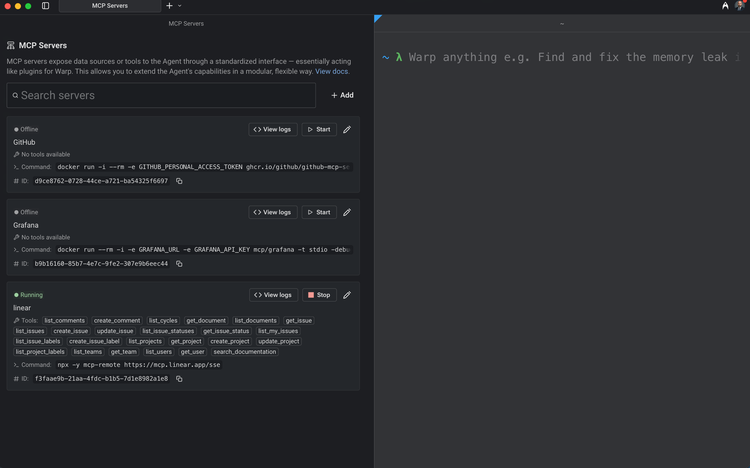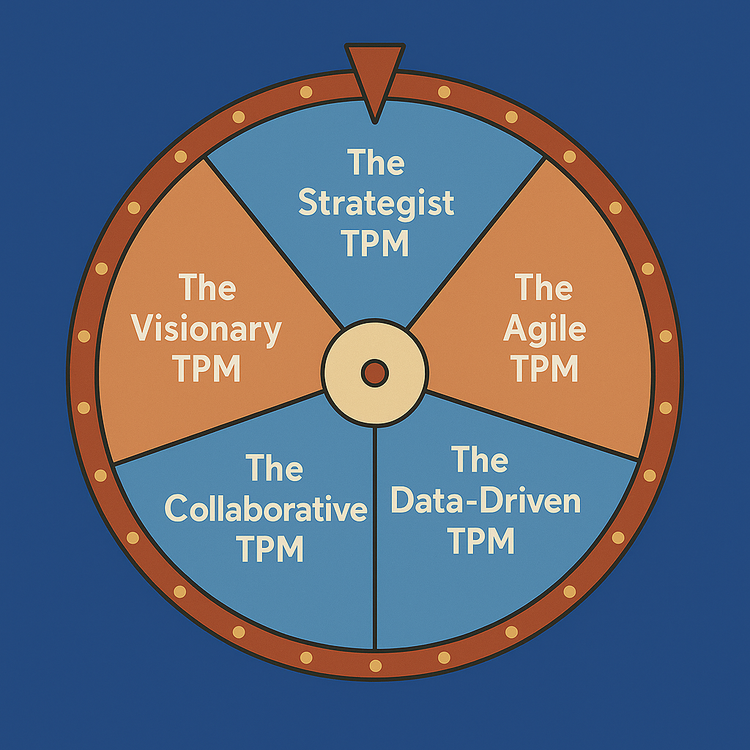How to Run a High-Impact Architecture Review as a TPM

When it comes to delivering scalable, reliable systems, few tools in a TPM’s toolkit are more powerful than a well-run architecture review. These sessions provide a rare, structured opportunity to align engineering, security, infrastructure, and product stakeholders, before a line of code is even deployed. But too often, architecture reviews devolve into checkbox rituals or monotonous gatekeeping.
See why we rely on Fastmail to power all our emails
As a Technical Program Manager, you’re uniquely positioned to transform these sessions into high-leverage forums for clarity, collaboration, and course correction. We have put together a guide outlining a proven approach to running architecture reviews that actually move the needle — driving technical excellence and business value in equal measure.
Why TPMs Should Own the Architecture Review Process?
Firstly, why even have this on your plate at all? You are uniquely positioned to influence the fundamental architecture without even writing any code. Your superpower as a TPM lies in:
- Orchestrating cross-functional input from SREs, security engineers, data scientists, and domain architects;
- Identifying program-level trade-offs between scalability and delivery speed, complexity and maintainability, etc.
- Spotting misalignments early, when they’re 100x cheaper to resolve than post-deployment; and
- Documenting and driving decisions to closure — turning abstract diagrams into shared commitments
When TPMs take ownership of architecture reviews, these sessions evolve from technical debates to execution-aligned decisions.
The Six Stages of a High-Impact Architecture Review
1. Trigger the Review at the Right Time
Architecture reviews should happen early on in the lifecycle of the product, before irreversible implementation decisions are made, or committed to, ideally:
- After product requirements are stabilized
- Once an initial solution design has been proposed (e.g. HLD, diagrams)
- Before major investment in infrastructure, schema design, or cloud resource provisioning
💡 Tip: If your org doesn’t have a standard architecture review process, create one. Start with a lightweight intake form and a recurring monthly review board.
2. Establish Clear Entry Criteria
Make sure to avoid reviews that waste everyone’s time because the design isn’t ready. Require the presenting team to submit:
- A short Architecture Review Document (ARD), covering:
- Problem statement and goals
- System context diagram
- Key components and data flows
- Non-functional requirements (scalability, availability, latency, etc.)
- Assumptions and known risks
- A visual diagram (e.g. C4 or sequence diagrams)
- A list of reviewers and relevant SMEs
Ensure all stakeholders walk in prepared, and discussion time is used efficiently.
3. Curate the Right Audience
A successful architecture review requires the right minds in the room. Typical stakeholders include:
| Role | Purpose |
|---|---|
| TPM | Moderator, timekeeper, recorder of decisions |
| Engineering lead | Solution owner and design explainer |
| Architect(s) | Deep technical evaluation |
| SRE | Focus on reliability, observability, runbooks |
| Security engineer | Data flows, encryption, threat modeling |
| QA/test automation | Implications for testability |
| Product/UX | If user flows or privacy are affected |
4. Facilitate with Precision and Authority
As the facilitator, your job is not to evaluate the design, it’s to run a tight, productive discussion. Use this agenda template:
Agenda (60 minutes)
- Welcome & objectives (5 min)
- Design walkthrough (15 min)
- Risk-based discussion (30 min). a. Challenge assumptions b. Explore tradeoffs c. Confirm alignment with org standards
- Decision logging & next steps (5 min)
- Feedback & closure (5 min)
Use a shared doc or whiteboard to track questions, parking lot items, and final decisions live during the call.
5. Document Outcomes Clearly
Architecture reviews must produce artifacts. At minimum, this includes:
- Decision log: What was approved, what needs revision, and why
- Risk matrix: Open risks, mitigation owners, and deadlines
- Next steps: Action items and follow-ups
Store this in a central location (Confluence, Google Drive, etc.) with clear versioning and permissions. Link it to the program’s execution plan and JIRA epics where applicable. For example:
“Based on today’s review, the team will proceed with the EventBridge + Lambda pipeline, with the caveat that schema versioning must be handled explicitly before Phase 2. SRE to validate alerting feasibility before Aug 15.”
6. Follow Up Relentlessly
Many architecture reviews die in the follow-up. As TPM, you must:
- Track owners and deadlines from the review
- Schedule follow-ups for unresolved items
- Loop back once implementation begins, did we stay aligned to the design?
Use your status meetings and program reviews to close the loop on decisions made. This builds organizational trust in the architecture review process.
Red Flags to Watch For
| ⚠️ Red Flag | What It Means | What to Do |
|---|---|---|
| “We’ll figure that out later” | Premature approval | Add a risk and require mitigation |
| Stakeholders go silent | Lack of psychological safety | Actively invite dissenting views |
| Design changes after review | Misalignment or lack of clarity | Trigger a follow-up review |
| No documentation shared | Wasted time | Block the review from happening |
Useful Templates and Resources
- The Software Architect Elevator – Gregor Hohpe https://architectelevator.com
- Architecture Decision Records (ADRs) – Michael Nygard https://cognitect.com/blog/2011/11/15/documenting-architecture-decisions.html
- Google Engineering Practices – Design Docs https://google.github.io/eng-practices/review/development/design-docs/
- AWS Well-Architected Framework https://aws.amazon.com/architecture/well-architected/
- Working Backwards – Amazon’s Customer-Centric Design Process https://www.allthingsdistributed.com/2020/02/working-backwards.html





Member discussion